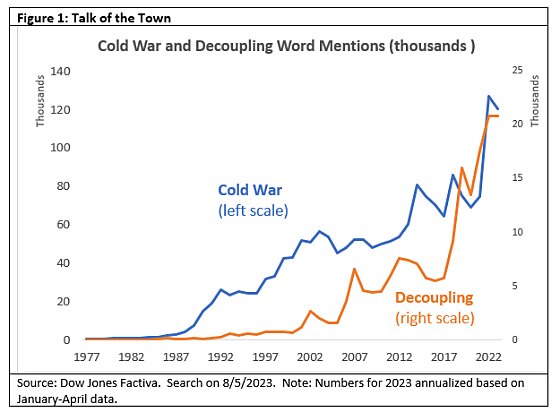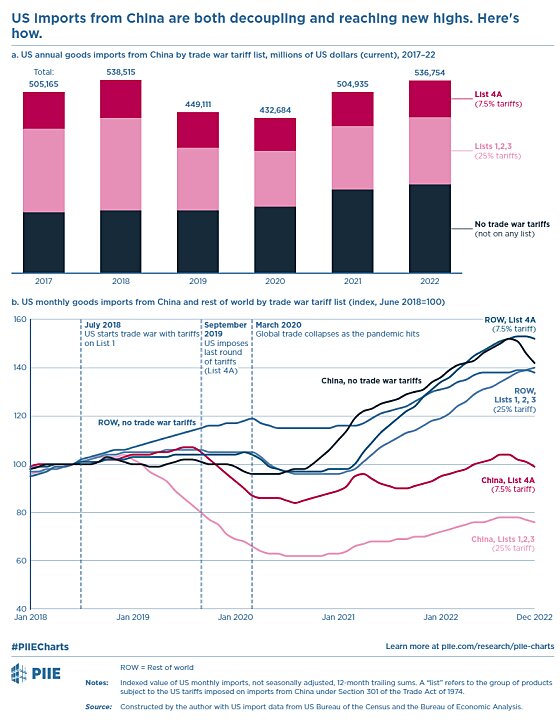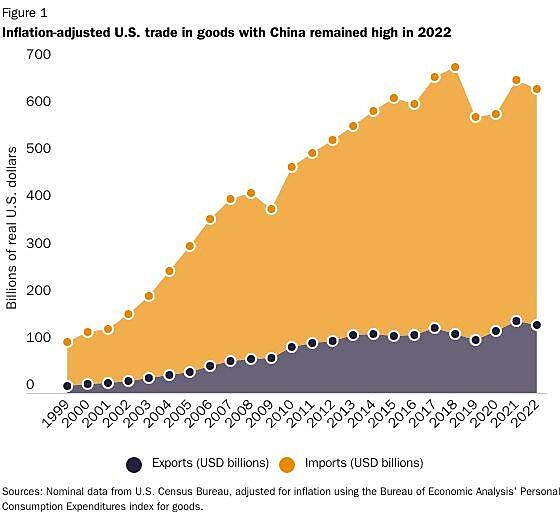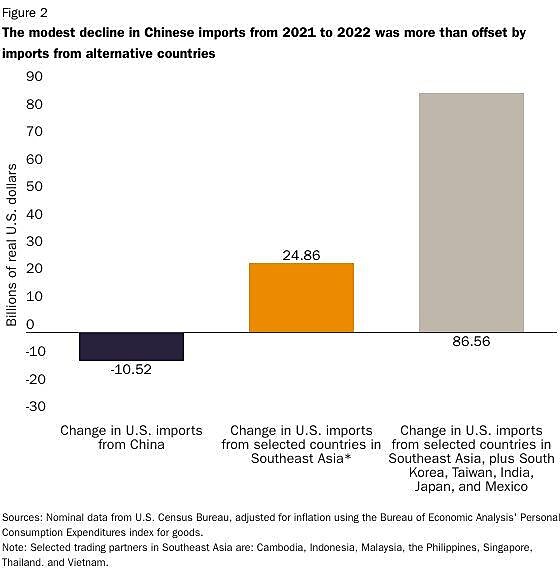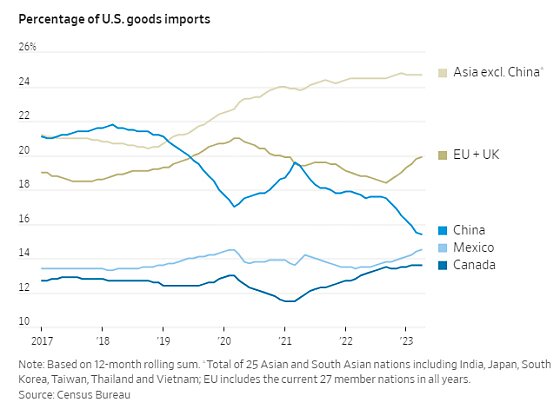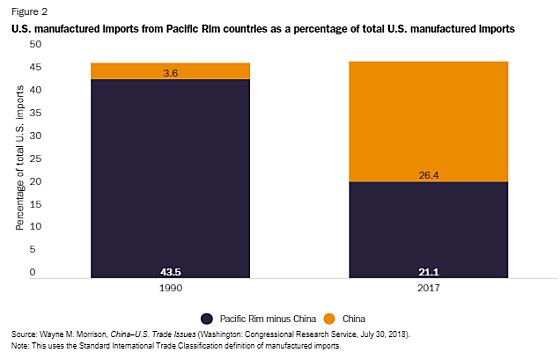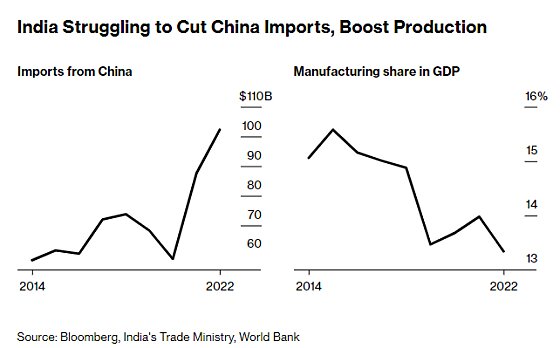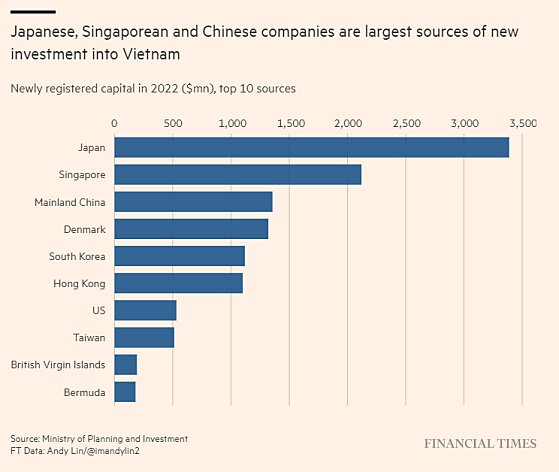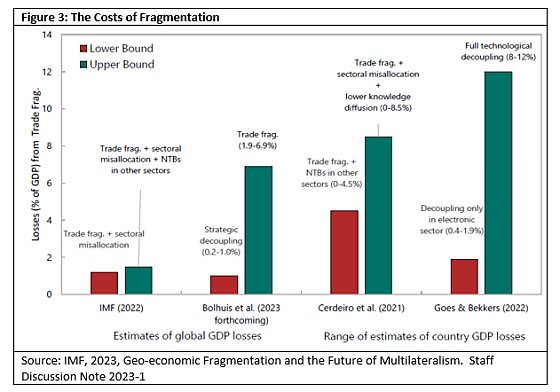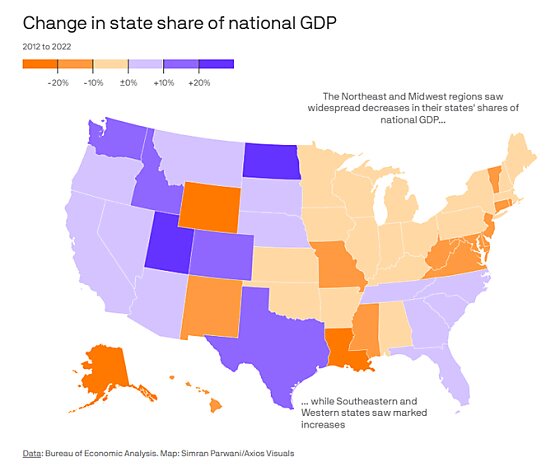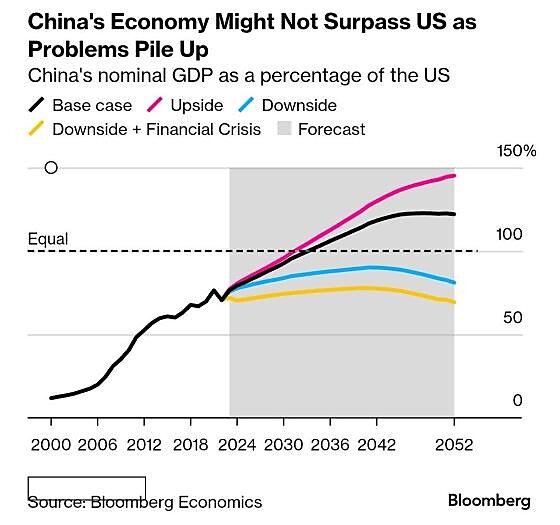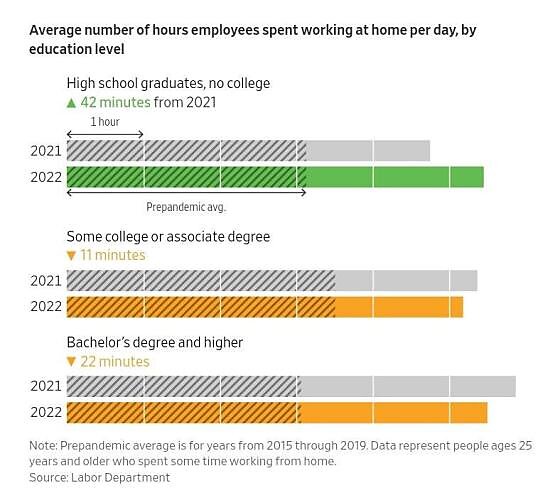Thus, they conclude that “to displace China on the export side, countries must have embraced industry-wide supply chains with China.” Data from the OECD, which are only through 2018, draw similar conclusions: Both U.S. exports to and imports from China are higher in terms of value-added (i.e., actual content) than they are in gross terms (i.e., what the standard trade stats say).
So much for that decoupling, eh?
This outcome may surprise laypeople (and is certainly missed by many journalists and wonks talking about “decoupling” today), but it’s unsurprising to folks who understand global supply chains and U.S. customs law. The latter classifies a manufactured good from countries like India and Vietnam, with which we don’t have free trade agreements (FTAs), as “originating” in that country when the product’s imported inputs undergo a “substantial transformation” (i.e., the inputs, as a result of further manufacturing, become a different product having “a new name, character, and use”). This “rule of origin” is complicated, subjective, and fact-specific, but it can actually be easier to meet than many U.S. free trade agreement rules of origin, which often dictate that a good can “originate” in an FTA country (and thus benefit from lower tariffs and other FTA terms) only where a majority of its value comes from one or more FTA countries. Thus, for example, a product with more than 50 percent Chinese content might be found to “originate” in Vietnam (and thus avoid U.S. tariffs) but might stay “Chinese” (and face tariffs) if it undergoes the same manufacturing process in Mexico, a U.S. FTA partner subject to often-stricter rules of origin. (Yes, this makes little sense, but … here we are.)
As a scan of the internet readily demonstrates, U.S. trade lawyers are well aware of this situation and have been working with multinational clients to shift just enough manufacturing—including final assembly and some inputs—out of China to qualify as “originating” in a non-China country and to thus avoid the trade war. To safeguard their clients’ investments, these lawyers often seek official rulings from Customs and Border Protection to confirm that their new “non-China” manufacturing processes constitute a “substantial transformation” of Chinese inputs. And a quick review of those rulings indicates that business has been booming: In the five years before the trade war (2013 to 2017), about 152 customs rulings mentioned “substantial transformation” and China; in the five years since, that number has risen to 1,039. (Note: These numbers have been updated.)
This is admittedly a simplistic analysis—some of the increase, for example, probably isn’t trade war-related—but the trend is still clear. And literally any trade lawyer in Washington can confirm it.
Most “decoupling” discussions, on the other hand, miss the issue (and its implications) entirely.
‘China Plus One’
This doesn’t mean, of course, that multinationals aren’t diversifying away from China—whether because of geopolitics, the CCP’s bad behavior, or economics (e.g., slower growth or higher costs in China). But it does argue for more nuance than is being applied today when talking about “decoupling.” In particular, diversification is often less about abandoning the mainland than it is about adopting a “China plus one” strategy in which companies essentially develop two supply chains—one for China and one for the West (emphasis mine):
